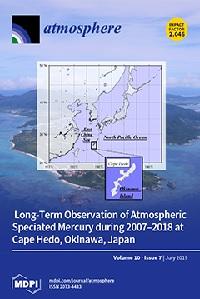Abstract
Climate change impact assessment along with adaptation measures are key for reducing the impact of climate change on crop production. The impact of current and future climate change on maize production was investigated, and the adaptation role of shifting planting dates, different levels of nitrogen fertilizer rates, and choice of maize cultivar as possible climate change adaptation strategies were assessed. The study was conducted in three environmentally contrasting sites in Ethiopia, namely: Ambo, Bako, and Melkassa. Future climate data were obtained from seven general circulation models (GCMs), namely: CanESM2, CNRM-CM5, CSIRO-MK3-6-0, EC-EARTH, HadGEM2-ES, IPSL-CM5A-MR, and MIROC5 for the highest representative concentration pathway (RCP 8.5). GCMs were bias-corrected at site level using a quantile-quantile mapping method. APSIM, AquaCrop, and DSSAT crop models were used to simulate the baseline (1995–2017) and 2030s (2021–2050) maize yields. The result indicated that the average monthly maximum air temperature in the 2030s could increase by 0.3–1.7 °C, 0.7–2.2 °C, and 0.8–1.8 °C in Ambo, Bako, and Melkassa, respectively. For the same sites, the projected increase in average monthly minimum air temperature was 0.6–1.7 °C, 0.8–2.3 °C, and 0.6–2.7 °C in that order. While monthly total precipitation for the Kiremt season (June to September) is projected to increase by up to 55% (365 mm) for Ambo and 75% (241 mm) for Bako respectively, whereas a significant decrease in monthly total precipitation is projected for Melkassa by 2030. Climate change would reduce maize yield by an average of 4% and 16% for Ambo and Melkassa respectively, while it would increase by 2% for Bako in 2030 if current maize cultivars were grown with the same crop management practice as the baseline under the future climate. At higher altitudes, early planting of maize cultivars between 15 May and 1 June would result in improved relative yields in the future climate. Fertilizer levels increment between 23 and 150 kg ha−1 would result in progressive improvement of yields for all maize cultivars when combined with early planting for Ambo. For a mid-altitude, planting after 15 May has either no or negative effect on maize yield. Early planting combined with a nitrogen fertilizer level of 23–100 kg ha−1 provided higher relative yields under the future climate. Delayed planting has a negative influence on maize production for Bako under the future climate. For lower altitudes, late planting would have lower relative yields compared to early planting. Higher fertilizer levels (100–150 kg ha−1) would reduce yield reductions under the future climate, but this varied among maize cultivars studied. Generally, the future climate is expected to have a negative impact on maize yield and changes in crop management practices can alleviate the impacts on yield.

